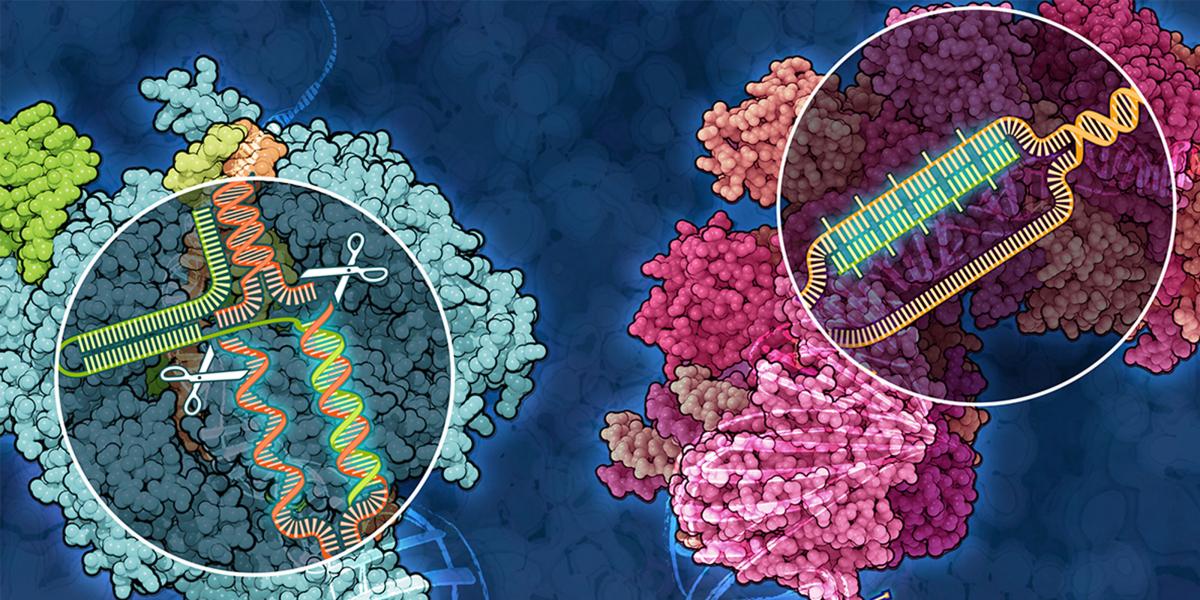Snip vs. Shred
While CRISPR-Cas9 genome editing gets all the headlines, its cousin may revolutionize the fight against bad bacteria.
The powerful genome-editing technology known as CRISPR-Cas made headlines this year—partly because many leading biologists called for a moratorium last March against using it to modify the genomes of human embryos, only to discover in April that Chinese scientists had already done just that.
But CRISPR-Cas is more than a genetic engineering tool with profound ethical implications. In fact, the tool itself is a modified version of one of several types of naturally occurring bacterial immune systems that fight bacteriophages (viruses that infect bacteria). The particular system that researchers have adapted for gene-editing is a relatively rare and simple one called CRISPR-Cas9. Scott Bailey, PhD, associate professor in Biochemistry and Molecular Biology, recently described the atomic structure of a far more common, and far more complicated, CRISPR-Cas system called CRISPR-Cascade—one with profound implications of its own.


Bacteria use CRISPR-Cas systems to store the genetic signatures of phages that have previously infected them. These viral mug shots appear in host DNA as stretches of viral DNA separated by short, repeated sequences. (CRISPR stands for “clustered, regularly interspaced, short palindromic repeats.”) When a phage invades, CRISPR-Cas compares phage DNA to its archive of previous invaders. If a match is found, Cas9 cuts the invading DNA like a pair of molecular scissors, while Cascade employs Cas3 to shred the viral DNA.
Using synthetic RNA, scientists can program CRISPR-Cas9 to target specific genes, allowing them to disrupt, delete or replace DNA more quickly, easily and cheaply than ever before. And whereas making changes to multiple genes at the same time was once extremely difficult and inefficient, CRISPR-Cas9 makes it simple. Its reliability and ease of use have already revolutionized genomic research, and could one day lead to clinical applications such as gene therapy.
